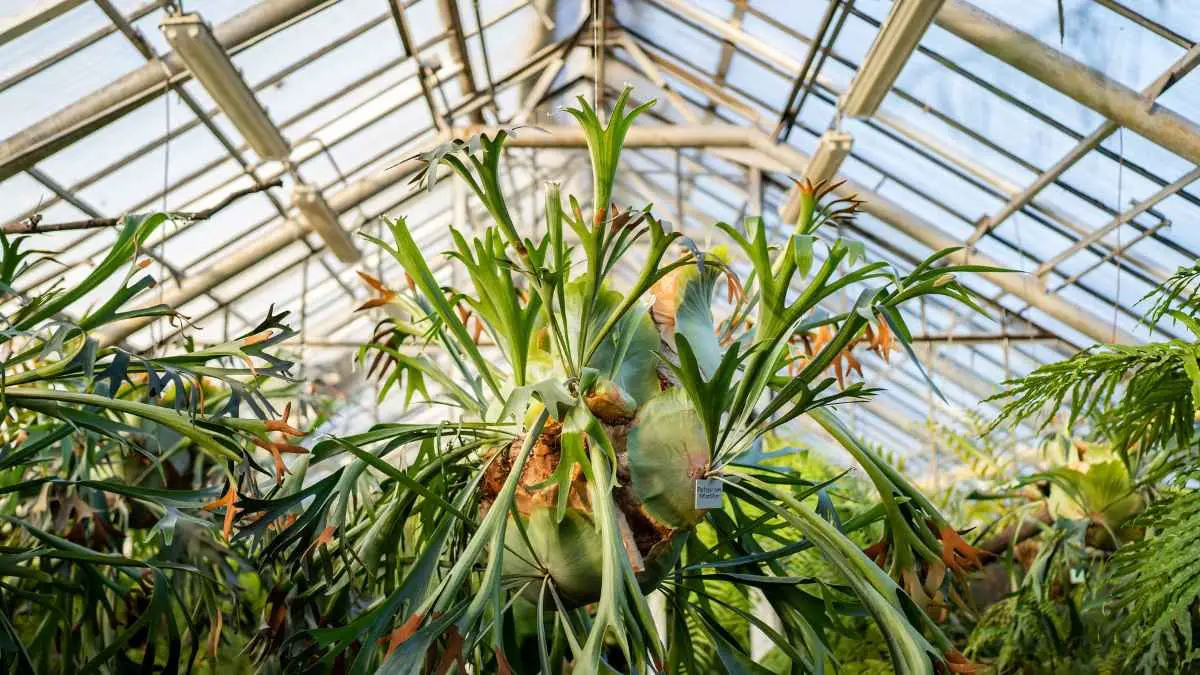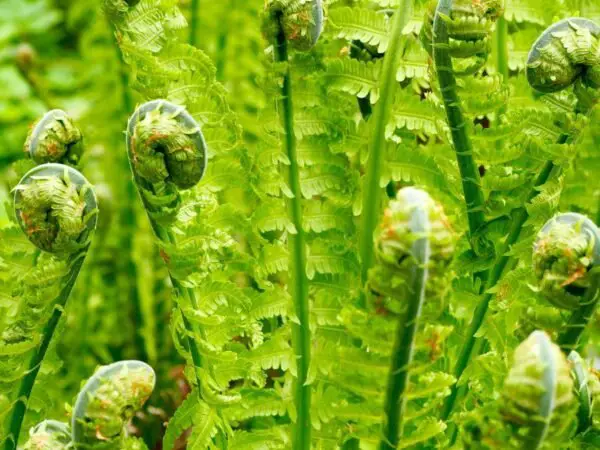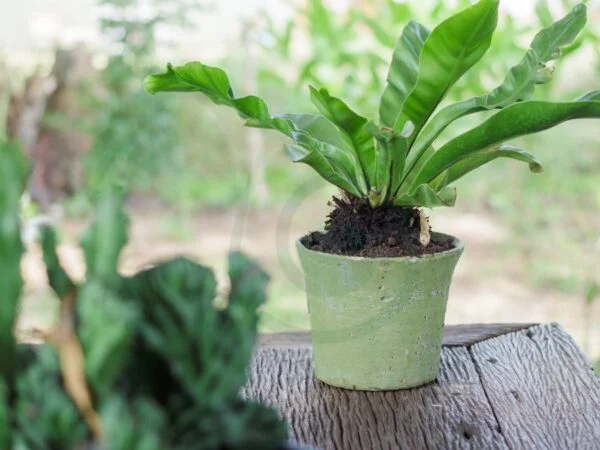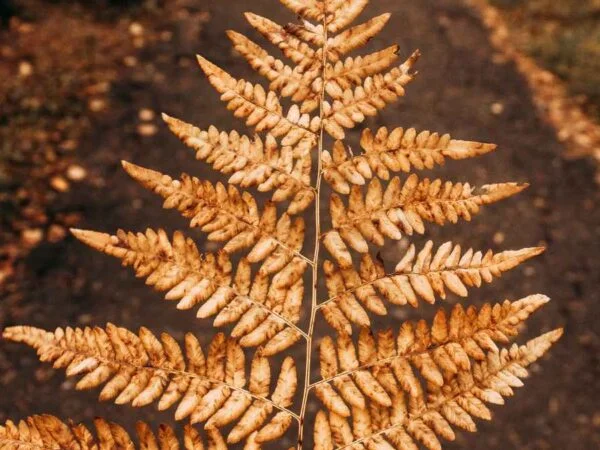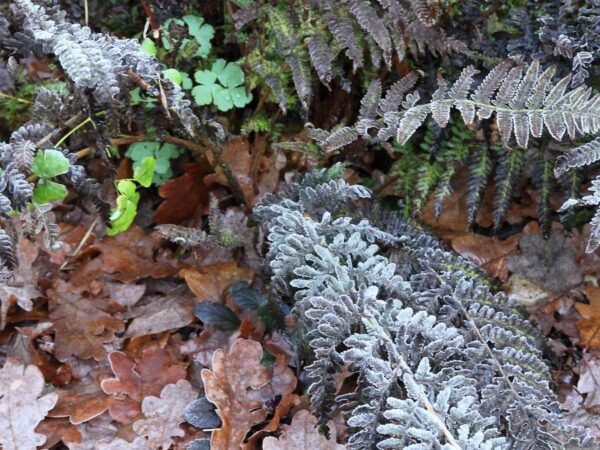Are you wondering how to grow Elkhorn Fern successfully? Look no further! I'm here to guide you through the process step by step. With the right care and attention, you can cultivate young plants of Elkhorn Fern with flat leaves in your own home or garden.
Elkhorn Fern (Platycerium bifurcatum) is a stunning epiphytic fern native to Australia and Southeast Asia. To grow Elkhorn Fern, start by choosing a suitable mounting surface such as a tree fern slab or a wooden board. Secure the fern to the surface using sphagnum moss or wire, ensuring it has good air circulation and indirect light. Keep the fern moist but not waterlogged, and fertilize it regularly with a balanced liquid fertilizer during the growing season. With proper care, your Elkhorn Fern will flourish, adding a touch of tropical elegance to your space.
Ready to take your Elkhorn Fern growing skills to the next level? Explore advanced techniques such as division and propagation to expand your fern collection and share the joy of growing these unique plants with friends and family. Dive deeper into the world of fern cultivation to uncover even more tips and tricks for nurturing healthy, vibrant specimens.
Key Takeaways
- Provide Well-Draining Soil: Use a mix of orchid bark, peat moss, and perlite to create a suitable environment for your elkhorn fern.
- Indirect Light is Ideal: Place your fern in a location with bright, indirect sunlight to promote healthy growth without scorching the leaves.
- Water Sparingly: Allow the soil to partially dry out between waterings to prevent root rot and maintain optimal moisture levels.
- Maintain Consistent Warmth and Humidity: Keep your fern in a warm, humid environment to mimic its natural habitat and encourage lush growth.
- Feed Regularly but Diligently: Fertilize your elkhorn fern every 4-6 weeks during the growing season with a balanced liquid fertilizer to support its nutrient needs.
- Monitor for Pests and Diseases: Regularly inspect your plant for signs of pests like scale or mealybugs, and address any issues promptly to prevent infestations.
Elkhorn Fern Overview
Taxonomy Insights
Elkhorn Fern belongs to the Polypodiaceae family, with the scientific name Platycerium bifurcatum. It is classified as an epiphytic fern, thriving in unique habitats.
Growth Habits
This fern exhibits a slow growth rate, requiring patience from growers. Propagation is achieved through division rather than flowering, a distinctive trait.
Ideal Conditions
For optimal growth, Elkhorn Fern needs ample sunlight. Mimic its natural habitat by maintaining high humidity levels and watering regularly while allowing the soil to dry out between waterings.
Soil Preparation
Soil Type
Select potting soil that retains moisture well to provide adequate hydration for the elkhorn fern. Opt for a well-draining soil mix to prevent waterlogging, which can lead to root rot. Ensure the soil is rich in nutrients to support healthy growth and vibrant foliage.
pH Levels
Monitor the soil's pH levels to ensure it remains slightly acidic, as elkhorn ferns thrive in this environment. Aim for a pH level between 5.5 and 6.5 for the ideal growing conditions of the plant. Adjust the pH levels if necessary using appropriate amendments to maintain optimal health.
Light Requirements
Ideal Exposure
Place Elkhorn Fern less than 3 feet from a south-facing window. This ensures it receives adequate sunlight without being exposed to direct rays. Providing indirect bright light is crucial for the fern's growth.
Avoiding Sunburn
Shield Elkhorn Fern from direct sunlight to prevent sunburn, which can damage its delicate leaves. Opt for a location with filtered light to protect the plant. Keep an eye out for any leaf discoloration caused by excessive exposure to light.
Watering Techniques
Frequency
Water your Elkhorn Fern every 9 days if it's in a 5" pot to maintain optimal moisture levels. Adjust the watering schedule according to the surrounding environmental conditions. Be cautious not to overwater, as this can lead to root rot.
Signs of Thirst
Keep an eye out for wilting or drooping leaves, which indicate that your Elkhorn Fern is thirsty and needs water. To check, feel the top inch of soil - if it's dry, it's time to water. Avoid watering when the soil is still moist.
Temperature and Humidity
Optimal Range
Maintain the temperature between 60-75°F for optimal growth of elkhorn ferns. Keep humidity levels above 50% to replicate its natural habitat conditions. Ensure proper ventilation to prevent stagnant air around the plant.
Adjusting Levels
Adjust humidity levels by misting the plant regularly to increase moisture in the air. Use a humidifier to maintain consistent humidity levels, especially during dry seasons. Monitor humidity with a hygrometer for accurate readings and adjustments.
Fertilizing Practices
Best Fertilizers
When caring for Elkhorn Fern, it's essential to select a balanced liquid fertilizer specifically formulated for this plant. Look for a fertilizer with a 1:1:1 ratio of nitrogen, phosphorus, and potassium. This balanced ratio ensures that the fern receives all the necessary nutrients for healthy growth. Apply the fertilizer at half strength to avoid nutrient burn, which can harm the plant.
Application Schedule
To maintain the health of your Elkhorn Fern, fertilize it approximately once a month during its growing season. It is crucial to skip fertilization during the dormant winter months when the plant is not actively growing. Monitor the fern's growth rate and adjust the fertilization schedule accordingly to meet its specific needs.
Common Issues
Yellowing Leaves
Yellow leaves on your elkhorn fern may indicate overwatering. Check the soil moisture to ensure it's not too wet. Trim yellowed fronds to encourage new growth. Keep a close eye on the soil moisture levels to prevent further leaf yellowing.
White Tips Solution
To address white-tipped fronds, trim them carefully to maintain the overall health of your plant. Adjust your watering schedule to prevent browning at the leaf tips. Ensure that the humidity levels around your fern are suitable to prevent leaf tip issues.
Repotting Guidelines
Recognizing Time
Recognize the right time to repot Elkhorn Fern by monitoring growth for signs of overcrowding. Time repotting based on the plant's growth rate to ensure optimal health.
Step-by-Step Process
Follow a step-by-step guide for repotting Elkhorn Fern. Ensure proper drainage in the new pot to prevent waterlogging and promote healthy roots. Secure the plant in the new pot carefully, avoiding any damage to the delicate roots.
Propagation Tips
Spore Method
To propagate Elkhorn Fern, collect spores from mature fronds, then create a suitable germination environment. The spores are crucial for producing new plants. Ensure the conditions are optimal for successful germination.
Division Technique
When using the division technique, carefully separate offsets from the main plant to create new Elkhorn Ferns. Replant these divided sections in suitable growing conditions to promote healthy growth. This method allows for easy propagation and expansion of your fern collection.
Summary
You've learned all about growing healthy and vibrant elkhorn ferns, from soil preparation to propagation tips. Remember the importance of providing the right light, water, temperature, and humidity for your ferns to thrive. Keep an eye out for common issues and know when it's time to repot your plant. By following these guidelines, you can enjoy beautiful and flourishing elkhorn ferns in your home.
Now it's time to take action! Put your newfound knowledge into practice and watch your elkhorn ferns grow and flourish. Share your success with others and continue learning about plant care to expand your green thumb skills.
Frequently Asked Questions
How can I provide the right soil for my Elkhorn Fern?
To provide the right soil for your Elkhorn Fern, use a well-draining mix of orchid bark, peat moss, and perlite. This combination mimics their natural environment and helps prevent root rot.
Should I place my Elkhorn Fern in direct sunlight?
No, Elkhorn Ferns prefer bright, indirect light. Direct sunlight can scorch their fronds. Place them near a window with sheer curtains or in a location with filtered light.
How often should I water my Elkhorn Fern?
Water your Elkhorn Fern when the top inch of the soil feels dry to the touch. Typically, this means watering every 1-2 weeks. Avoid overwatering as it can lead to root rot.
What temperature range is ideal for Elkhorn Ferns?
Elkhorn Ferns thrive in temperatures between 60-80°F (15-27°C). Avoid exposing them to extreme cold or heat as it can stress the plant and affect its growth.
Can I propagate my Elkhorn Fern at home?
Yes, you can propagate your Elkhorn Fern by dividing offsets or spores. Division is the most common method and involves separating the pups from the main plant to create new individual plants.
Image Source: Paid image from CANVA

